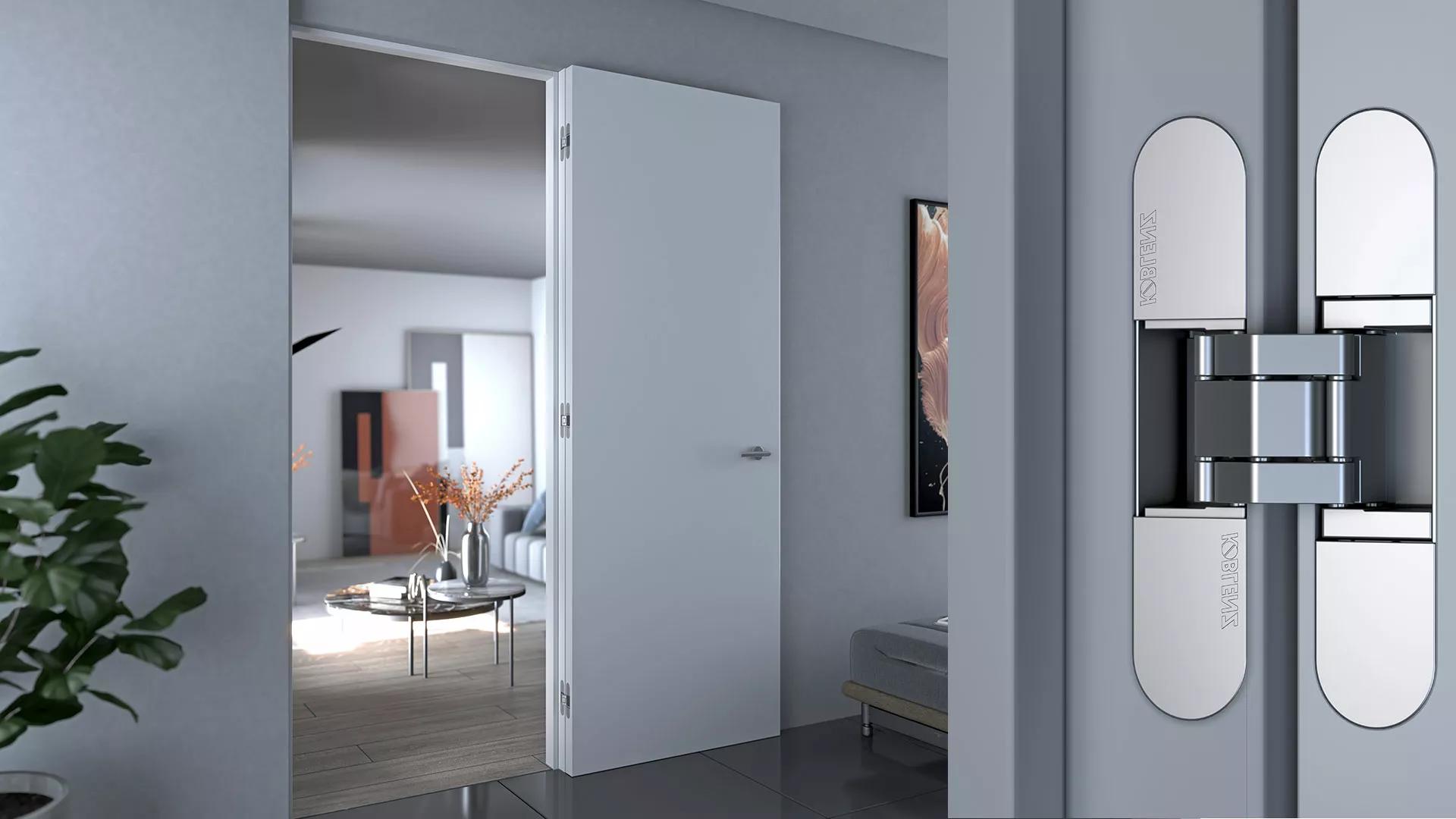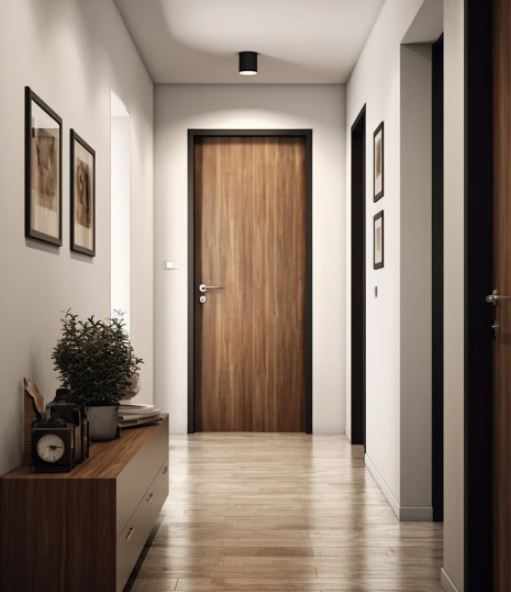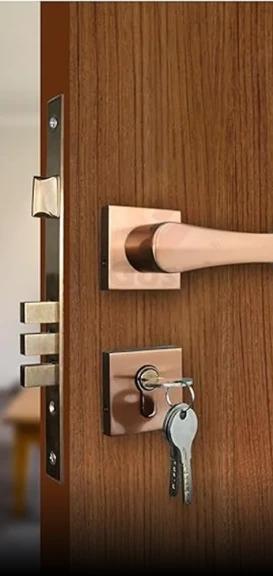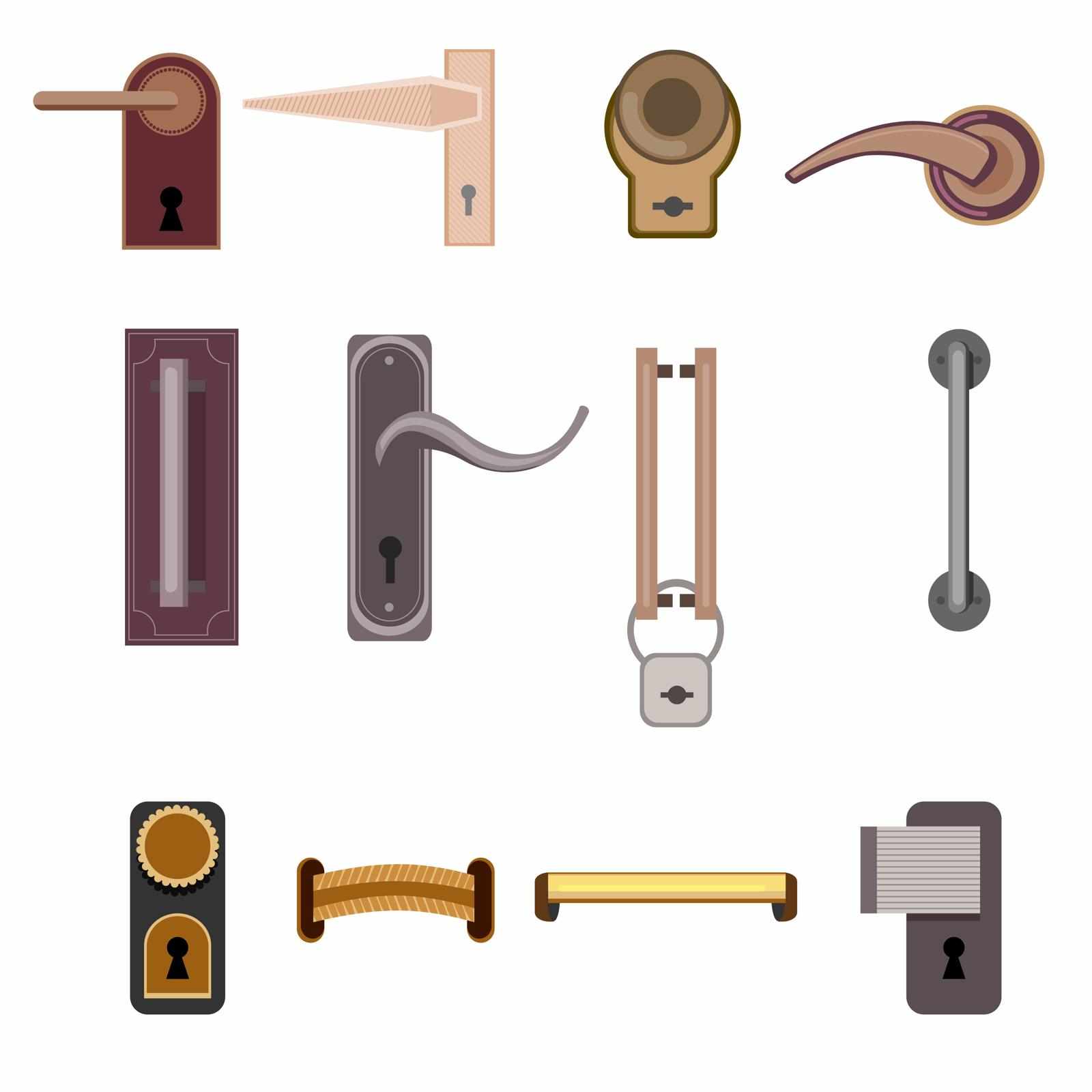
Have you ever noticed that your door does not close properly or it rubs against the frame? This is a common problem that often happens because concealed door hinges are not adjusted correctly. Concealed door hinges are hidden inside the door and frame, giving a clean and modern look. However, even the best hinges need proper alignment to work smoothly. Adjusting them correctly ensures that your doors open and close easily, look neat, and last longer. Let us look at some simple tips for adjusting concealed door hinges safely and effectively.
The first step is to understand the type of concealed hinge you have. Some hinges allow three-way adjustment: up and down, left and right, and in and out. Knowing which screws control each movement is important before making adjustments. To keep the process safe, always read the manufacturer’s instructions and use the correct screwdriver or tool to avoid damaging the hinge or door.
Next, check the door’s position. Look at how the door sits inside the frame and where it touches the frame unevenly. This will show you which direction to adjust the hinge. Make sure the door is supported while you adjust it to prevent it from falling. Using a helper or a door wedge can make this process safer and easier.
Start with vertical adjustment. This is usually done using the top or bottom screw on the hinge that moves the door up or down. Turn the screw slowly and check the door position after each small adjustment. Vertical alignment helps prevent rubbing on the top or bottom of the door frame. To make it safe, do not force the screw too hard, as this can strip the threads or damage the hinge.
Horizontal adjustment comes next. This moves the door left or right to ensure even gaps between the door and the frame. Use the side screws of the hinge for this adjustment. Adjust little by little, checking the gap each time. To maintain safety, always support the door from the side while making horizontal changes to prevent sudden movement or pinching fingers.
The depth adjustment is the last step. This controls how far the door sits inside the frame and can help prevent doors from sticking or leaving a gap when closed. Depth screws are often on the side of the hinge closer to the door edge. Adjust carefully in small increments until the door sits flush. For safety, ensure that tools are placed securely and fingers are away from moving parts during this step.
Another important tip is to tighten all screws after adjusting. Loose screws can cause the door to shift over time, ruining your alignment work. Use a screwdriver that fits well to avoid stripping the screws. To stay safe, avoid over-tightening because this can damage the hinge or the door material.
Lubrication can also help maintain smooth operation. Use a small amount of lubricant on the hinge joints if the door feels stiff. This will make opening and closing easier and reduce wear on the hinges. To ensure safety, use a non-flammable, door-safe lubricant and wipe off any excess to avoid slipping hazards on the floor.
Regular inspection is another key point. Check your concealed hinges every few months to see if screws are loose or if the door has shifted. Early adjustment can prevent bigger problems like door sagging or damage to the frame. To keep it safe, inspect hinges when the door is closed and avoid putting hands near the edges where they could be pinched.
If you are adjusting multiple doors in a row, it helps to adjust one hinge at a time and test the door after each change. This prevents confusion and allows for precise alignment. For safety, always keep a clear workspace and remove any obstacles around the door to prevent tripping or accidents.
When dealing with heavy doors, using a helper is very important. Concealed hinges can support weight, but lifting or holding the door alone while making adjustments can be dangerous. A second person can hold the door steady, allowing you to make fine adjustments safely.
Finally, always follow the manufacturer’s guidelines for your specific hinge model. Different brands and hinge types have slightly different adjustment methods. Using the right tools, correct sequence, and recommended torque ensures that your door functions well and remains safe for daily use.
In conclusion, adjusting concealed door hinges for perfect alignment is not difficult but requires careful steps. Start by understanding the hinge, check door positioning, adjust vertically, horizontally, and in depth, tighten screws, lubricate if needed, and inspect regularly. By following these tips and keeping safety in mind, you can ensure that your doors open smoothly, close properly, and maintain a clean, modern look for years to come. Proper adjustment not only improves the appearance of your doors but also extends their lifespan while keeping everyone safe.










Write a comment ...